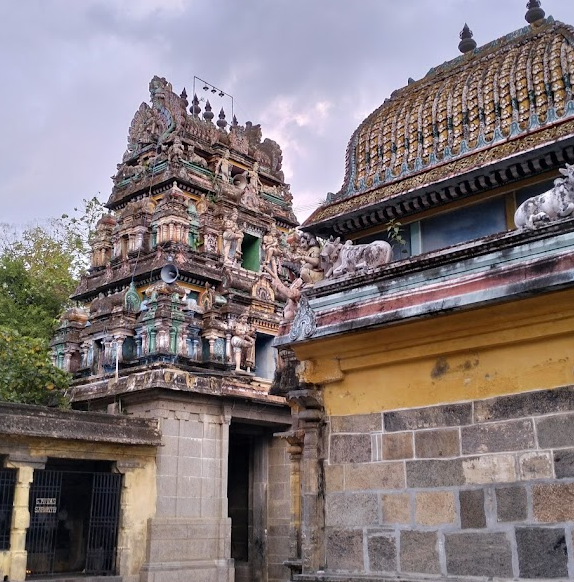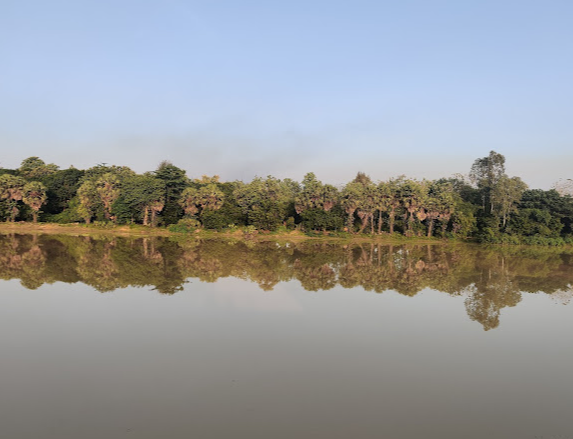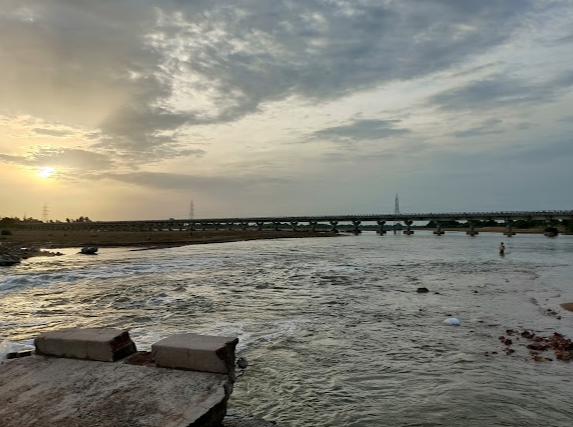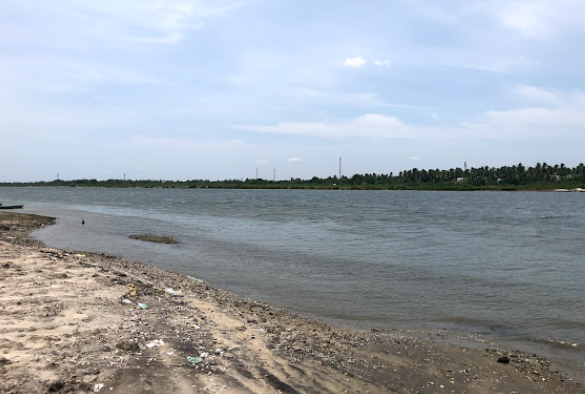- This is the 87th Thevara Paadal Petra Shiva Sthalam and 33rd sthalam on the north side of river Kaveri in Chozha Nadu.
- The Temple is 1000-2000 years old.
- The Poola Pillayar is more popular than Lord Shiva of this Temple.
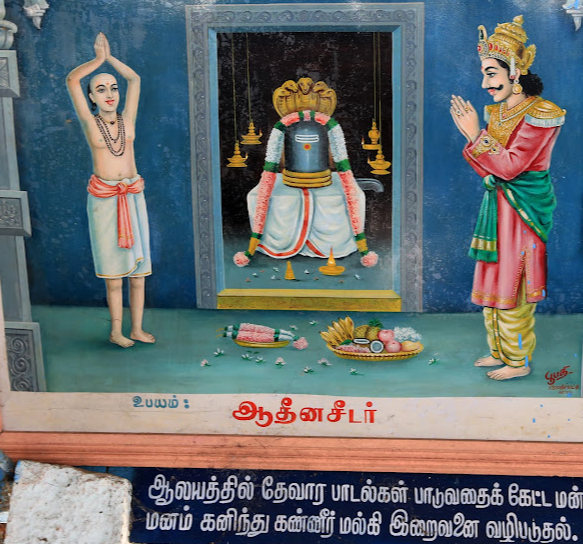
PURANIC SIGNIFICANCE 1:
- A Gandharva unknowingly dropped the nut of the fruit on Sage Durvasa, who was doing penance towards Lord Shiva.
- The angry sage Durvasa cursed him to become a stork.
- The Gandharvas begged him to forgive him, but he refused, so he appealed to Lord Shiva and cried.
- He said that if you bring tirtha to this place and perform abhishekam and worship you can get rid of the curse.
- Accordingly Narai brought water from Kashi in his unit to do pooja to the Lord every day and took abhishekam and got himself form.
- It is named as "Thirunaraiyur" because it is the place where Narai came and worshipped.
PURANIC SIGNIFICANCE 2:
- Tirunaaraiyur (not to be confused with Tirunaraiyur near Kumbakonam) is the birthplace of Nambiyandar Nambi, the 11th century scholar who compiled and arranged the hymns of Appar, Sambandar and Sundarar, as well as others, into what is today referred to as the Tevaram.
- Nambiyandar Nambi is also one of the authors of the 11th chapter of the Tevaram.
- In fiction, Nambi finds a place in Kalki’s Ponniyin Selvan.
- There is a legend associated with Nambiyandar Nambi and the Vinayakar (Polla Pillaiyar) at this temple.
- As a child, Nambiyandar Nambi used to watch his father, a priest in the temple, do naivedyam to the gods.
- He wanted to know if the gods would accept the neivedyam that he himself offered.
- So he offered this to Pillaiyar, who remained silent, causing Nambi to weep and bang his head against the base of the idol.
- Pleased with his devotion, Pillaiyar accepted his offering. In later years, Raja Raja Cholan did not believe this miracle, and asked Nambi to offer the king’s own neivedyam.
- Nambi sang the Irattai Mani Malai hymns, after which Pillaiyar accepted the offering.
- The Polla Pillaiyar sannidhi has idols of Nambiyandar Nambi as well as Raja Raja Cholan. Even today, Polla Pillaiyar has pride of place at the temple, and the first neivethyam at the temple is given to Him.
- Pillaiyar is a Swambhu murti.
PURANIC SIGNIFICANCE (Polla Pillaiyar) 5:
- Ananthesar used to perform pujas to Polla Pillaiyar, he used to return to his house after giving offerings to the Lord.
- His son Nambiandar Nambi, who was at home, would tell them that Ganesha had eaten. Nambi went to the temple, performed pujas to Pillaiyar and asked Vinayagar to eat what he had prepared for Vinayaka.
- When Vinayagar came and saw that he did not eat, he repented and knocked on the Swami and begged him to accept the offering.
- When Rajaraja Cholan tried to play the Devara songs , he did not know where the songs were, then the king, who knew about Nambiandar Nambi and his glory, asked Maru Nambi to help him. It was said that Pollappillai was also known as " Ganesha who gave thirumpi ".
- In front of the Pilliyar shrine of this temple, there is a statue of Rajaraja Chola and Nambiyandar.
- The idols are inside the Pilliyar temple because the work is going on in this temple.
Devotees Worshipped Here:
It is believed that Goddess Mahalakshmi, Sage Parasarar, Saptha Rishis (Kausikar, Kasyabar, Bharadwajar, Gauthamar, Agasthiyar, Athiri and Birugu), Saint Thirugnanasambandar and Saint Sundaramurthy Nayanar and Chola kings Musukunda Chakravarthy and Karikalan have worshipped the lord here.
ADMINISTRATION:
This temple is under the administrative control of the Hindu Religious and Charitable Endowments Department of Government of Tamil Nadu (HR&CE).
